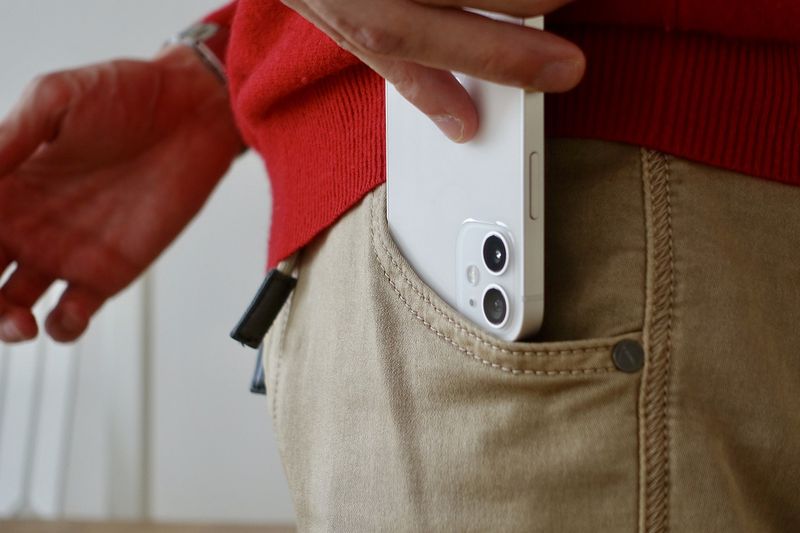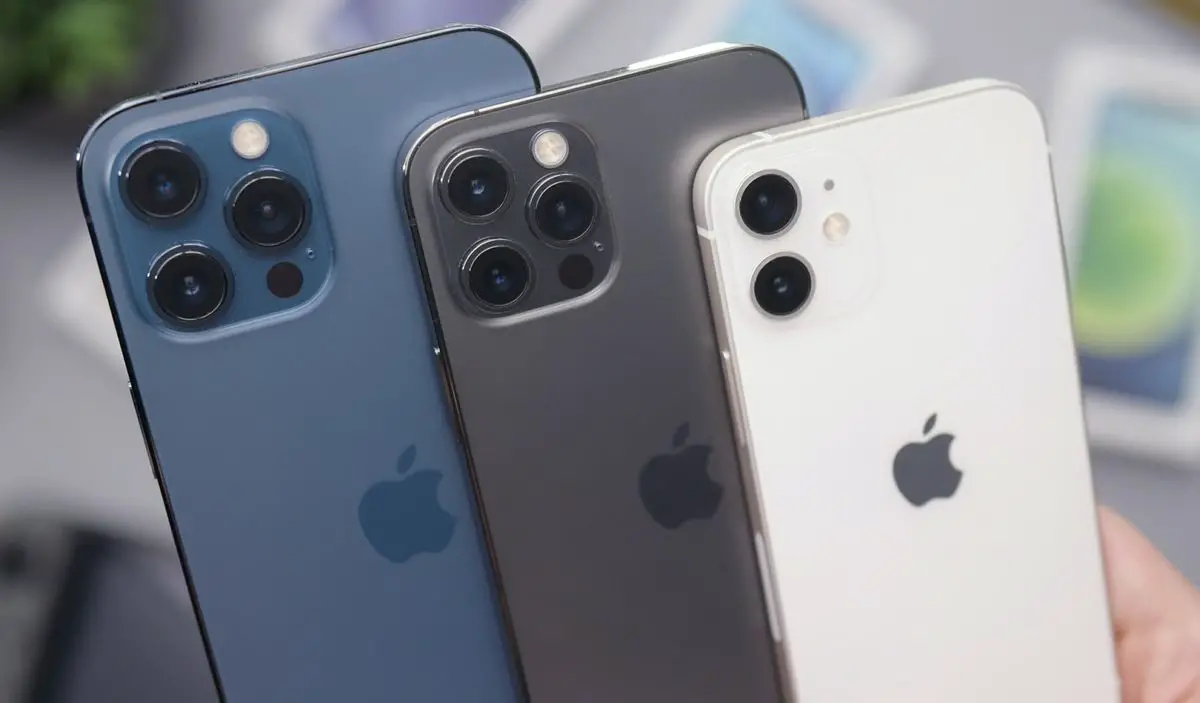Apple has become more serious about the evidence that its recent releases magnetically interfere with certain medical devices such as pacemakers or defibrillators.
At first, it was just a rumor, and finally, Apple was forced to update its support page to be clearer about the electromagnetic interference caused not only by the new iPhone 12 model but also by other devices of the brand, with different medical phones such as pacemakers or defibrillators.
Now Apple has wanted to go further, and has once again updated this support page but sharing a list of its products that should be kept at a safe distance from medical devices, and virtually all the latest releases are there.
Apple recommends keeping the products listed below at a safe distance from medical devices of more than 15 cm, or even more than 30 cm if the Apple product is being charged wirelessly.

List of Apple products that should be kept at a safe distance from medical devices
AirPods and Charging Cases
- AirPods and charging case
- AirPods and wireless charging case
- AirPods Pro and Wireless Charging Case
- AirPods Max and Smart Case
Apple Watch and accessories
- Apple Watch
- Apple Watch Straps with Magnets
- Apple Watch Magnetic Charging Accessories
HomePod
iPad and accessories
iPhone and MagSafe
- iPhone 12 models
- MagSafe Accessories
Mac and accessories
- Mac mini
- Mac Pro
- MacBook Air
- MacBook Pro
- iMac
- Apple Pro Display XDR
Beats
- Beats Flex
- Beats X
- PowerBeats Pro
- UrBeats3
This comes on the heels of the American Heart Association saying a few weeks ago that 11 of 14 cardiac devices they tested experienced interference with an iPhone 12 Pro Max when held close, within 1.5 cm.
“We have always known that magnets can interfere with implantable cardiac electronic devices, however, we were surprised by the strength of the magnets used in the magnet technology of the iPhone 12,” said the study’s principal investigator, Dr. Michael Wu.
This is especially dangerous, because as they comment, “a magnet in a product like an iPhone could even change the timing of a pacemaker or disable the life-saving functions of a defibrillator.”





